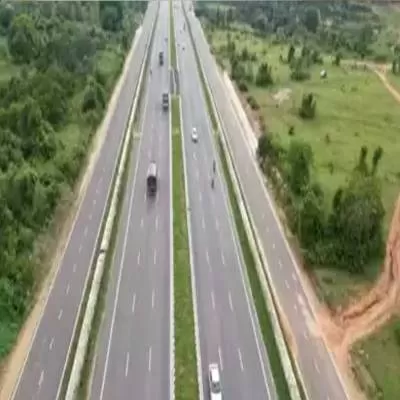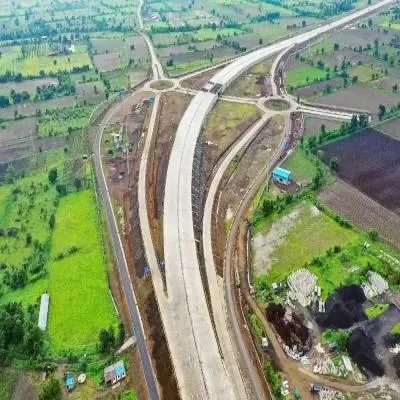- Home
- Infrastructure Transport
- ROADS & HIGHWAYS
- UN raises concern on PPP projects in India
UN raises concern on PPP projects in India
According to a report by the United Nations (UN), public private partnership (PPP) projects in India do not necessarily lead to improved disaster risk assessment and management, and they may underplay disaster risks or lead to their transfer as shared costs to the public sector or to city residents.
The international agency said this in its Global Assessment Report (GAR) on disaster risk reduction. The 2013 GAR study on disaster risk reduction is the third biennial report coordinated by the UN's Office for Disaster Risk Reduction (UNISDR) and has analysed many of the country's largest infrastructure projects for their risk exposure to natural and man-made calamities.
Increasingly, in India, PPPs are emerging preferred mode of investment for publicly managed construction. The findings reveal a sample analysis of 136 port cities with populations of more than 1 million predicting that currently North America has the highest volume of exposed economic assets while it is the population which is at greater risk in Asia.
The GAR warns India -- which has projected nearly $1 trillion worth of investments for infrastructure development in the 12th Five Year Plan - of greater economic losses from unsafe public property facing disaster risk.
The report also raises concern on the haphazard development in urban areas where "the urban population is expected to grow from 379 million in 2010 to 606 million in 2030 and 875 million in 2050."
According to a report by the United Nations (UN), public private partnership (PPP) projects in India do not necessarily lead to improved disaster risk assessment and management, and they may underplay disaster risks or lead to their transfer as shared costs to the public sector or to city residents. The international agency said this in its Global Assessment Report (GAR) on disaster risk reduction. The 2013 GAR study on disaster risk reduction is the third biennial report coordinated by the UN's Office for Disaster Risk Reduction (UNISDR) and has analysed many of the country's largest infrastructure projects for their risk exposure to natural and man-made calamities. Increasingly, in India, PPPs are emerging preferred mode of investment for publicly managed construction. The findings reveal a sample analysis of 136 port cities with populations of more than 1 million predicting that currently North America has the highest volume of exposed economic assets while it is the population which is at greater risk in Asia. The GAR warns India -- which has projected nearly $1 trillion worth of investments for infrastructure development in the 12th Five Year Plan - of greater economic losses from unsafe public property facing disaster risk. The report also raises concern on the haphazard development in urban areas where the urban population is expected to grow from 379 million in 2010 to 606 million in 2030 and 875 million in 2050.






















